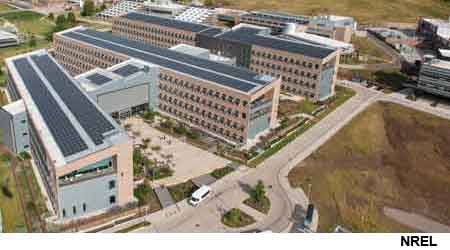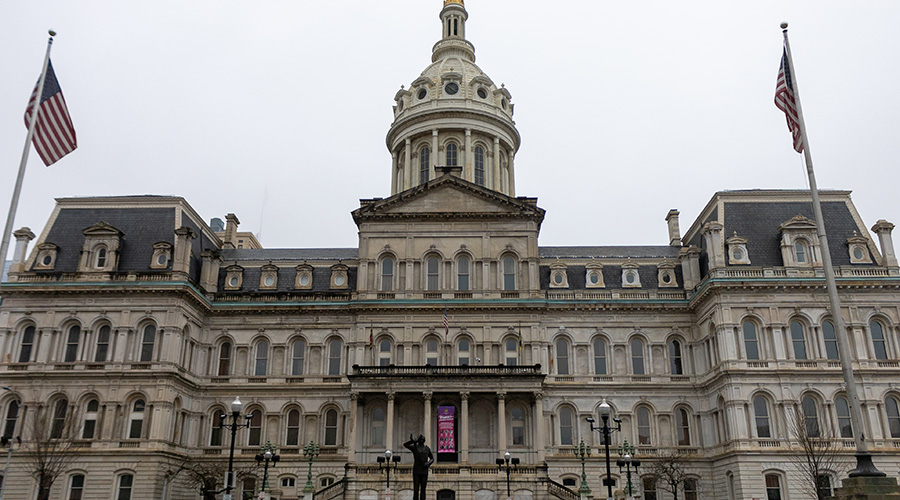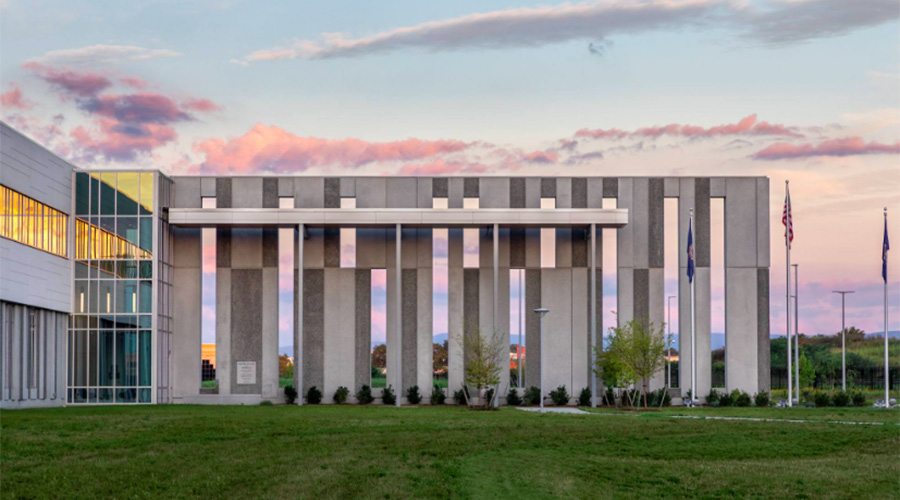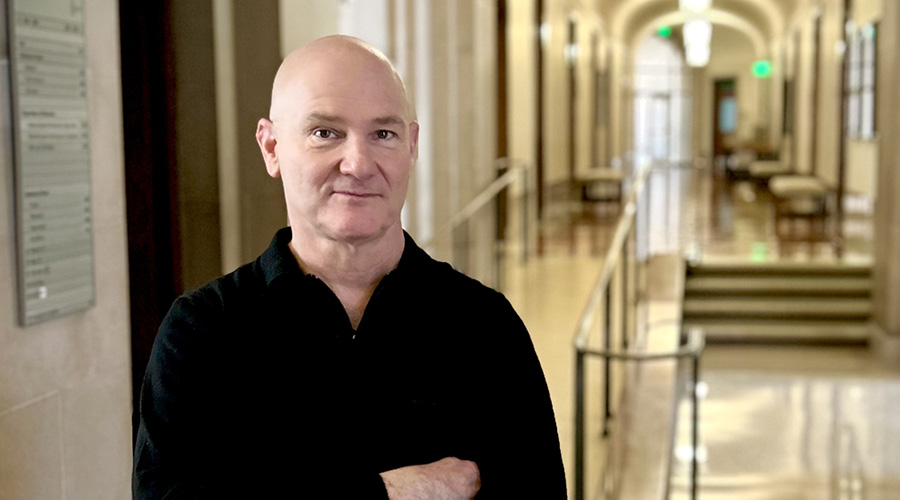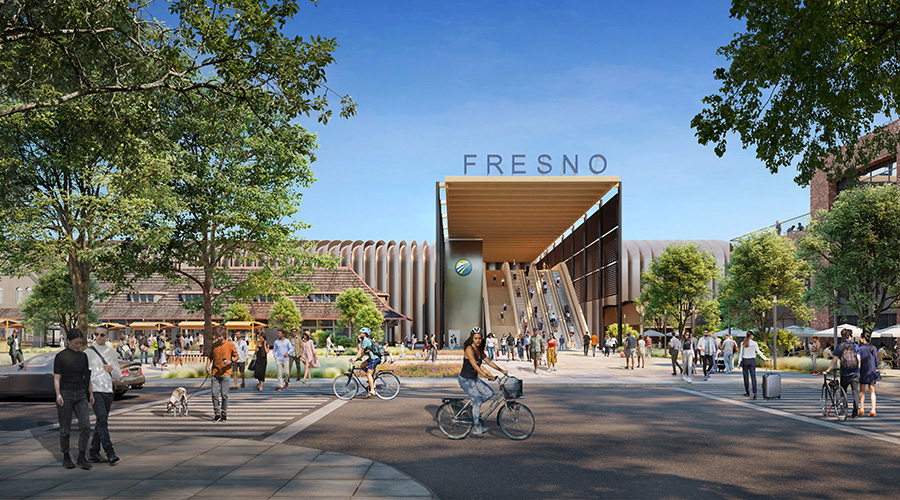High-Performance Buildings: Update on Federal Center South Building 1202 near Seattle
Last of a 2-part article on two high-profile government buildings improving operations to hit energy efficiency targets
Continuing our follow-up on two government buildings that, upon their debut, pushed the high-performance envelope on what’s possible in terms of how buildings are designed, built, and operated, here is an update on GSA’s Federal Center South Building 1202 near Seattle.
Federal Center South Building 1202
Our cover story in June 2014 examined this building’s unique design-build contract structure. Part of the contract was a guaranteed level of performance for the building one year into its operation — a guarantee on which the design-build team staked 0.5 percent of the contract. The January 2013 through January 2014 performance period allowed designers and operators to fine-tune and optimize the building and hit its design targets.
Today, despite increases in plug loads, increased occupancy, and some changes in operating hours, the building uses about the same amount of energy it did at the end of its performance period nearly two years ago — about 35 kBtu/sqft/yr. The contract on the building was to hit a target of 26.8 kBtu/sqft/yr, and when GSA adjusted for some factors (longer operating hours and higher plug loads) not included in the performance requirement, the EUI was 25.7 kBtu/sqft/yr. Today, using the same adjustment, the EUI would be 26.0 kBtu/sqft/yr.
Over the past two years, GSA has gone through some belt-tightening and reduced space by 10 percent without reducing head count. That space — about 20,000 square feet — is being taken by Veterans Affairs. The occupancy for the building sits in the high 600s, according to Kurt Spieth, building services specialist for GSA.
The building’s year-long performance period — when engineers, designers, and consultants were still involved in the day-to-day fine-tuning of the building — continues to pay dividends, says Marty Novini, mechanical engineer with the facility.
“The big impact that the method of contract had was that the design-build team was engaged to make sure the building performed optimally before they left,” says Novini. “It’s a benefit that will pay over the life of the building.” Novini says the design-build team was also instrumental in training current operators in running the building.
Additionally, the operations team has installed a program called GSALink, a sophisticated energy management and analytics system which includes fault detection. “It’s a proactive approach to finding deficiencies,” says Novini. “We review all the data on a monthly basis, and continue to adjust building parameters as necessary.”
Spieth says GSALink’s biggest benefit is that it helps remove the possibility of human error. “Analytics know best, computers know best,” he says. “Just let the building run, don’t override, don’t make needless changes.”
Facility managers have also added smart power strips to try to reduce the higher-than-expected plug loads. If engineers need all-night power for security updates, they can bypass the power strips.
Additionally, the facilities team uses what is the home screen for everyone’s computer to provide updates on the building and offer energy tips. This helps get the occupants involved with the building’s energy goals.
Sunny Days
But it hasn’t been all sunny at Federal Center South — or, more accurately, it’s been too sunny. This year, spring came much sooner than normal, with more sunny days and with the sun at an angle not predicted by the design software tools. Therefore, the sun poured into the heavily daylit building at unexpected angles, forcing many occupants to use umbrellas to reduce glare. Novini says the team is working on some shading strategies to fix this problem, which may only get worse as the climate continues to change, he says.
As well, because of the extremely low airflow in this high-performance building, plants in the atrium were dying en masse. Novini says the building is replacing the live plants in its atrium to correct this unforeseen issue.
Overall, however, GSA is still extremely pleased with the building, and the fact that its energy use, after nearly three years of operation, has remained consistent is a testament to the effectiveness of the unique design-build contract structure and the smart, deliberate thinking about the building’s operations during design.
Photo Caption: Maintaining an EUI of 35-36 kBtu/sqft/yr, the NREL Research Support Facility in Golden, Colo., is the largest net-zero energy building in the world.
Related Topics:








